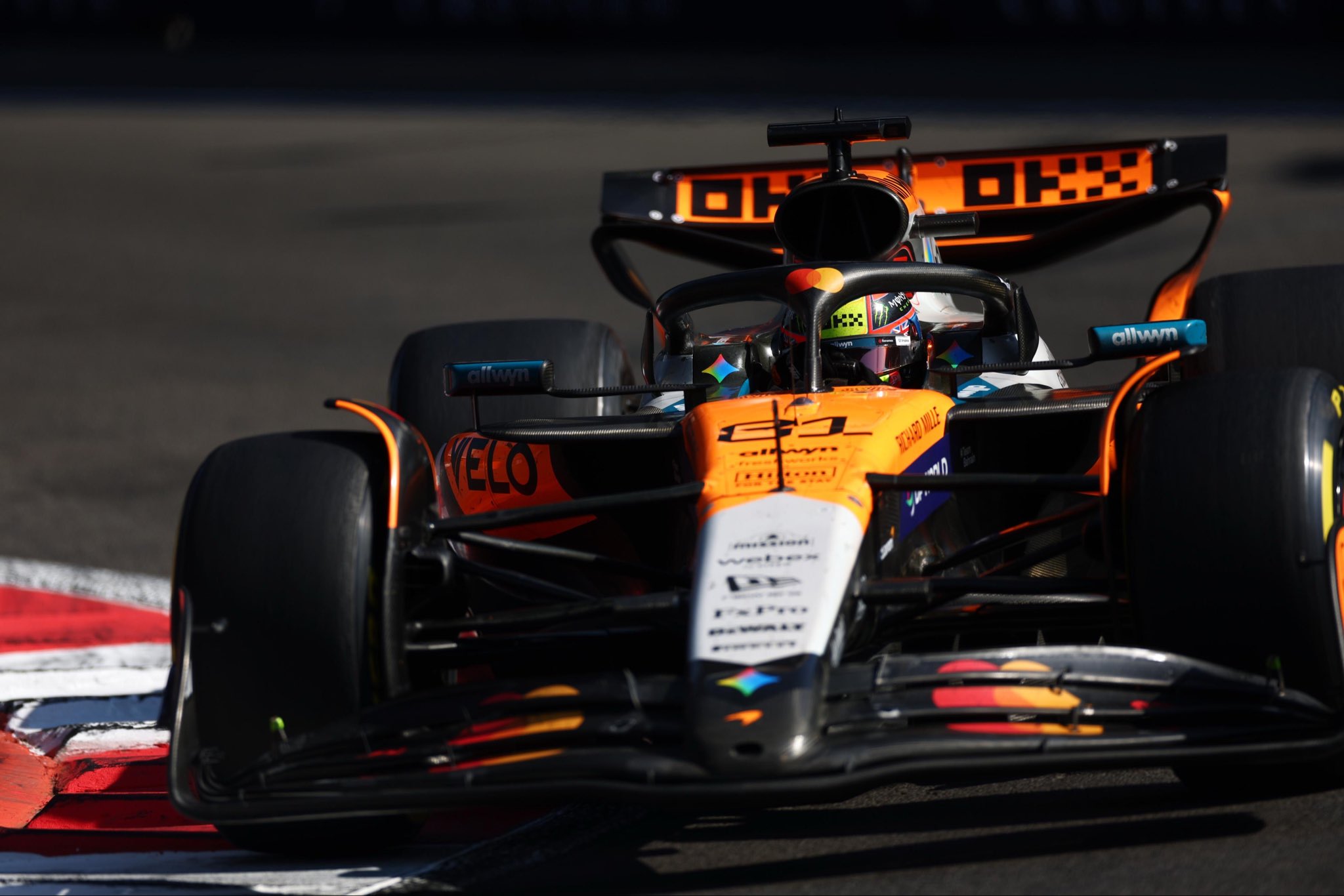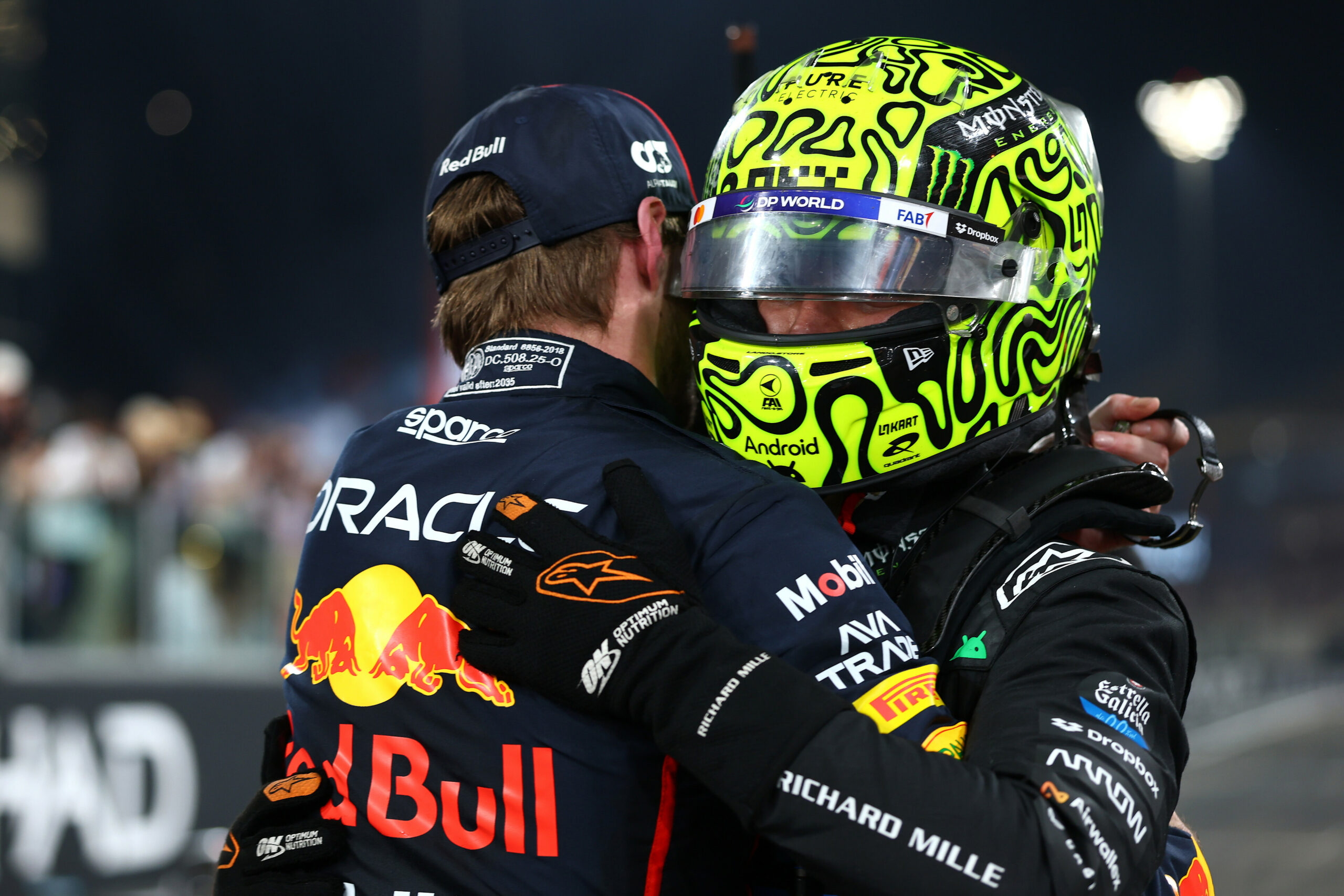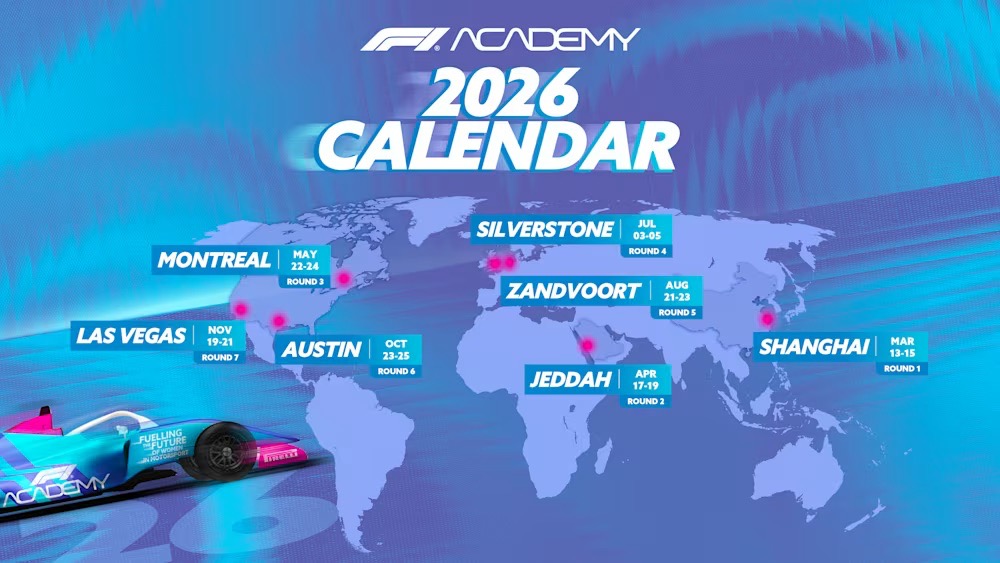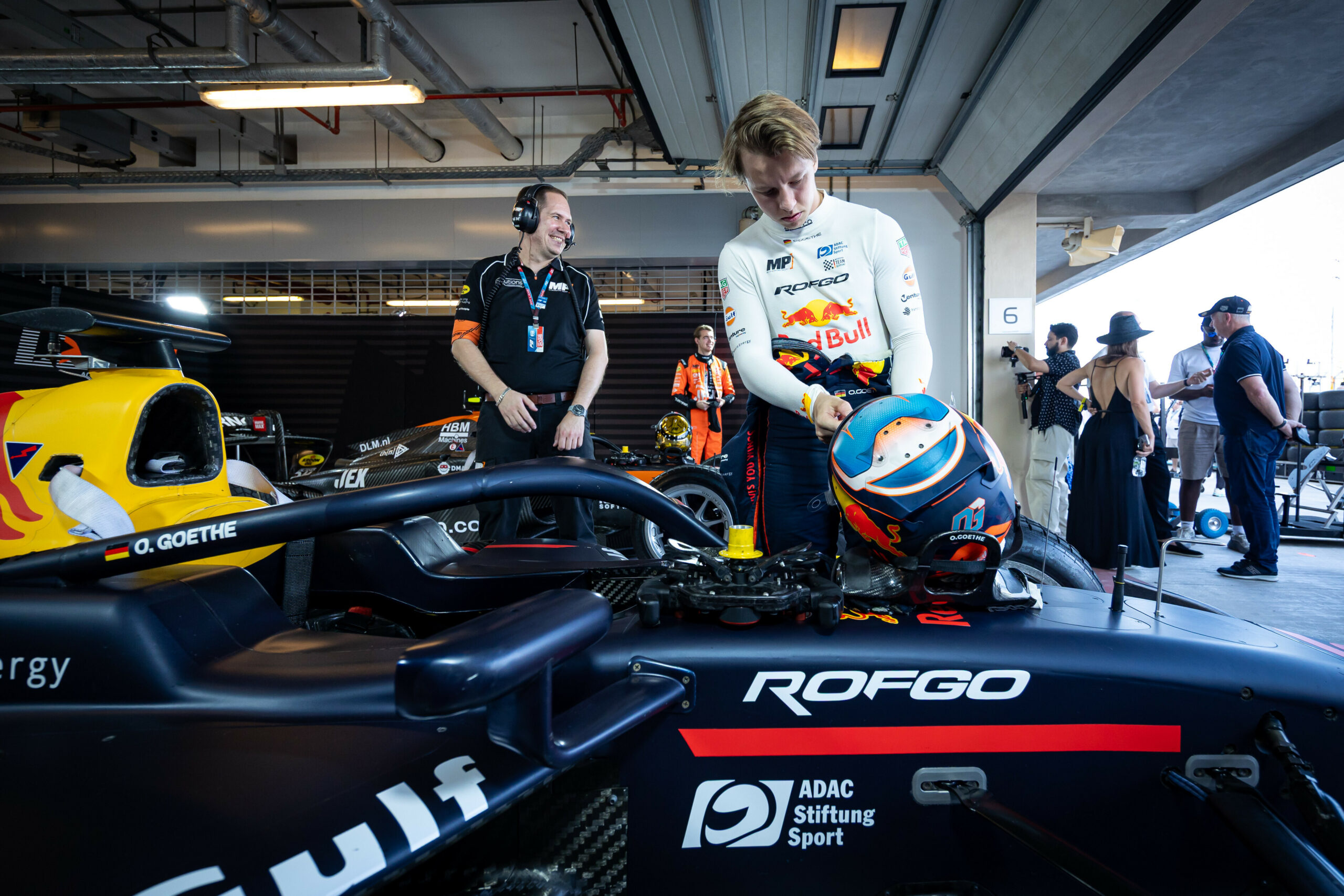McLaren’s Oscar Piastri endured another difficult F1 weekend at the Mexico City GP, finishing a lowly fifth place whilst seeing his teammate and title rival Lando Norris steal the championship lead with an almighty dominant drive from pole position.
Despite a solid recovery from seventh on the grid, Piastri’s P5 finish fell well short of both McLaren’s and his own expectations heading into the weekend. The Australian lost his championship lead and crossed the line a staggering 42 seconds behind Norris in an identical car. A key factor in his struggle was spending much of the race stuck behind other cars, battling turbulent air that made it difficult to extract the MCL39’s full performance. While the recovery highlighted his determination and racecraft, the result underscored the ongoing challenge Piastri faces in matching his teammate’s pace under race conditions.
“Very difficult to tell” if he has found the missing pace on Sunday
On paper, the race result delivered a significant blow to Oscar Piastri’s Formula 1 title campaign. However, the McLaren driver believes he “made some steps” during Sunday’s Mexico City Grand Prix that were not immediately visible in the final classification. According to Piastri, spending the majority of the race in dirty air made it difficult to accurately gauge his true pace and progress.
“It’s difficult to say, ultimately,” he said when asked if he was encouraged by the pace he showed on Sunday. “I think I certainly tried a lot of different things. I felt like I stared at the back of a lot of cars as well, so it was difficult to get a read on whether what I was changing in my driving was working that well or not.
“But ultimately, you have to analyse it and see if it looks good in terms of the numbers and stuff. Because from a feeling point of view, when you’re behind that many cars, it’s very difficult to tell.
“I think [it was] maybe a little bit better [than qualifying]. But it wasn’t so much the pace of the car, because clearly the car was pretty quick this weekend,” he admitted. “It was more just trying to unlock it again. I felt like I potentially made some steps in doing that today.
“But ultimately, when you’re behind so many cars and trying to fight for so long, it’s difficult to measure that a little bit. So hopefully we’ll get a bit more indication from some of the data.”
Austin and Mexico required “not natural” driving style
Further expanding on why he has been off the pace at the last two rounds, the Australian explained that both the United States Grand Prix in Austin and the Mexico City Grand Prix demanded a driving approach that felt “not particularly natural” to him in order to extract maximum performance from the MCL39. The characteristics of both circuits — with their low grip levels, bumpy surfaces, and complex corner sequences — placed extra emphasis on car rotation and throttle management, areas where Piastri admitted he has been working to adapt.
Although the conditions have pushed him outside his comfort zone, the former championship leader made it clear that he is not content to simply wait for things to come back his way. Instead, he revealed that he continues to push for improvement, even in the middle of races. As Piastri explained, he has been “experimenting” with various techniques and driving styles throughout the weekends to better understand the car’s behaviour and regain the level of confidence and precision that defined his earlier performances.
“It’s certainly been a learning experience, that’s for sure,” he said. “For some reason, the last couple of weekends has required a very different way of driving. What’s worked well for me in the last 19 races is I’ve needed something very different the last couple of weekends.Trying to wrap my head around why has been a bit of a struggle.
“But ultimately today was about trying to experiment with some of those things. Because I would agree, I think driving the way I’ve had to drive these last couple of weekends is not particularly natural for me.So it’s been about trying to exploit it as much as I can.“
Overtaking Russell “wasn’t too difficult” after working out the best tactic
Piastri spent much of the race trapped behind the two Mercedes cars of Kimi Antonelli and George Russell. However, a rapid second pit stop from the McLaren crew on lap 48 allowed the Australian to leapfrog the young Italian. Then, after several laps of mounting pressure, Piastri executed a bold move down the inside into Turn 1 on lap 60 to finally get ahead of Russell, having repeatedly attempted to force his way through with switchback manoeuvres out of Turn 3.
“I had to go for it in the end,” he said. “I tried a couple of times to kind of bide my time through the first sequence of corners and try and get him into turn 4. But yeah, it was like every time you tried that, they put quicksand down because you just had no grip. So it was very difficult to do that and then I just had to go for it. And in the end, it wasn’t too difficult.”
Late VSC “didn’t change much” his prospects of getting past Bearman
After making his move on Russell, Piastri’s McLaren started charging towards Haas’ Oliver Bearman, who was running in a lofty fourth place at the Mexico City F1 GP, but could not make the move happen. A late Virtual Safety Car for Carlos Sainz’s spin at the stadium section ended that battle just as Piastri reached the one-second DRS range. When asked whether he would’ve been able to make the move without the late intervention, Piastri made it clear that overtaking would’ve been difficult either way.
“I think it would have been very, very tough,” he said. “It was one thing getting into DRS, and then it was another thing trying to overtake. So I’m not sure I’ve made much change there.“





